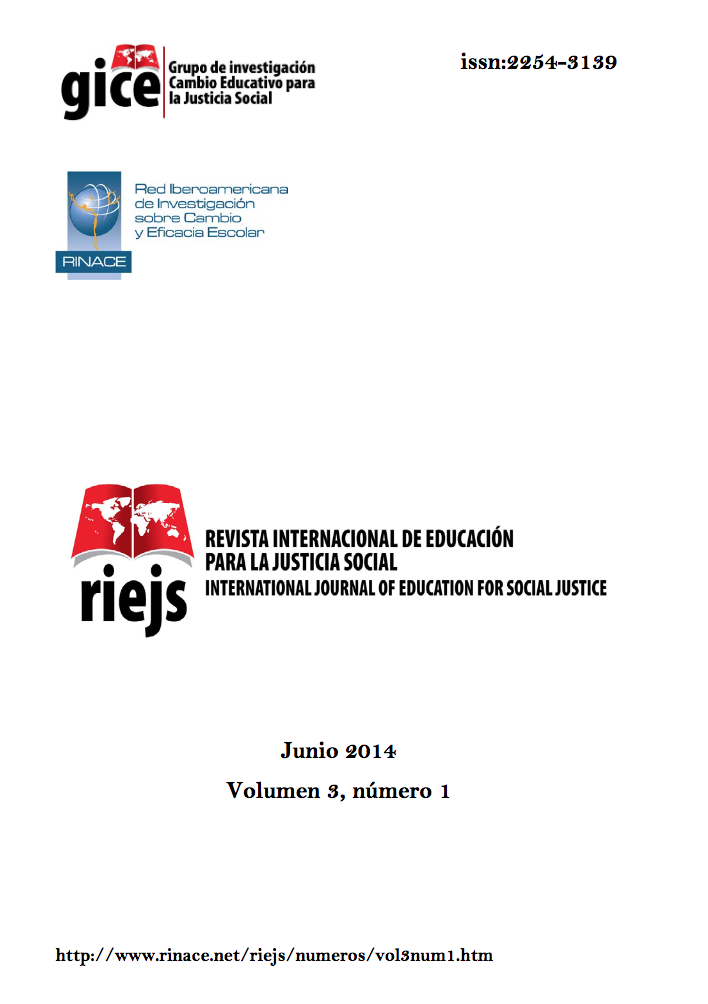Keywords:
Social justice, Interdisciplinary teaching, Public interest.Copyright (c) 2015 Revista Internacional de Educación para la Justicia Social (RIEJS)

This work is licensed under a Creative Commons Attribution-NonCommercial-NoDerivatives 4.0 International License.
Abstract
The “measure” of this article is a bit different from most—there are almost as many words in the endnotes as in the body of the text. Endnotes, as endnotes, are a significant part of my writing, both in terms of recognizing the connections and complexities among issues, trying to capture the richness of interdisciplinary teaching, and in terms of strengthening our struggles by (when relevant) referring to each other’s work so that our individual work becomes understood as part of collective work to move mathematics education in the direction of the public interest. A quote I love that I often start my talks with, after saying how I talk in parentheses, although eventually closing most of them, is from a Hmong saying that translates “to speak of all kinds of things”. It is often used at the beginning of an oral narrative as a way of reminding listeners that the world is full of things that may not seem to be connected but actually are; that no event occurs in isolation; that you can miss a lot by sticking to the point; and that the storyteller is likely to be rather long-winded (Fadiman, 1998:12-13). Teaching in an interdisciplinary way means there are a lot of endnotes and a lot of parentheses, not all of which get closed…that is how to do this kind of teaching, without having to know everything, and without needing a zillion years to research and teach one lesson.
